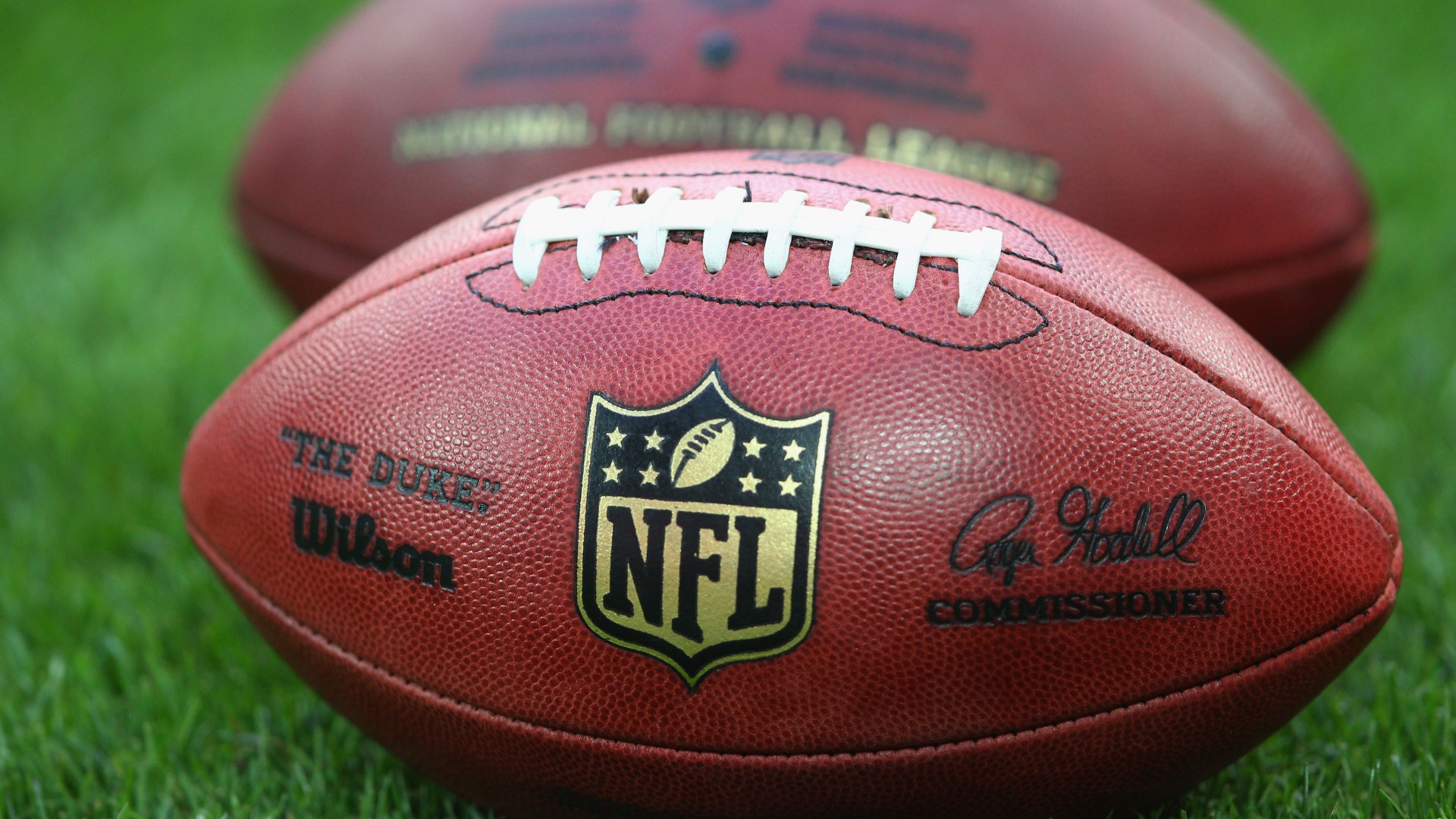
The Global Pitch: A Strategic Guide to Football’s Worldwide Expansion
Football, or soccer as it’s known in some regions, is undeniably the world’s most popular sport. With an estimated 3.5 billion fans globally, its reach is unparalleled. From the bustling favelas of Brazil to the serene villages of Africa, the roar of the crowd echoes across continents. Yet, despite its already colossal footprint, the global football landscape is far from saturated. Emerging markets, under-developed regions, and even established territories with untapped potential present an immense opportunity for strategic expansion.
This guide delves into the multi-faceted strategies required to not just grow football’s presence, but to deeply embed it within new cultures and solidify its foundations worldwide. It’s a complex endeavor, requiring long-term vision, significant investment, cultural sensitivity, and a collaborative spirit among various stakeholders.
The Imperative for Global Expansion
Why pursue further global expansion when football is already so dominant? The reasons are manifold:
- Commercial Growth: New markets translate to new fan bases, increased viewership, greater merchandise sales, more lucrative media rights, and expanded sponsorship opportunities.
- Sporting Development: A broader talent pool leads to a higher standard of play globally, fostering more competitive national teams and clubs.
- Cultural Exchange & Soft Power: Football transcends borders and languages, acting as a powerful tool for cultural exchange, promoting values like teamwork, discipline, and fair play.
- Untapped Potential: Regions like North America, India, China, and parts of Africa, while having significant populations, have not yet fully embraced football to the same extent as Europe or South America.
- Fan Engagement: In an increasingly connected world, reaching fans directly and creating personalized experiences is crucial for long-term loyalty.
Pillars of a Comprehensive Global Expansion Strategy
Effective global expansion is not a singular action but a symphony of interconnected initiatives. Here are the core pillars:
1. Grassroots Development & Talent Pathways
The foundation of any sustainable football ecosystem is its youth development. This is where future players, coaches, and lifelong fans are nurtured.
- Accessible Programs: Establish affordable and accessible youth leagues, coaching clinics, and training camps, particularly in underserved communities. Focus on participation over immediate elite performance.
- Coach Education: Train local coaches with standardized, high-quality methodologies. A strong coaching infrastructure is vital for developing young talent and ensuring consistent player development.
- Talent Identification Networks: Develop robust scouting networks that can identify promising young players early, providing them with pathways to higher levels of competition and professional academies.
- Infrastructure for Youth: Invest in and develop basic, safe playing facilities – pitches, changing rooms, and equipment – that meet local needs and encourage participation.
- School Football Integration: Collaborate with educational institutions to integrate football into physical education curricula and extracurricular activities, making it an inherent part of a child’s development.
2. Strategic Infrastructure Investment
Modern football demands modern facilities. Infrastructure goes beyond just stadiums.
- Stadium Development: Build or upgrade stadiums to meet international standards, ensuring fan comfort, safety, and a premium match-day experience. These should also be multi-purpose venues to ensure economic viability.
- Training Facilities: Establish state-of-the-art training centers for professional clubs, national teams, and youth academies. These facilities attract top talent and enable high-performance training.
- Digital Infrastructure: Invest in reliable broadband internet access and digital platforms to support live streaming, online fan engagement, and data analytics for performance tracking and scouting.
- Logistical Support: Develop efficient transportation networks to facilitate travel for teams, fans, and officials, reducing logistical hurdles for participation and event hosting.
3. Digital Transformation & Media Reach
In the 21st century, digital platforms are the primary battleground for fan engagement and content distribution.
- Localized Content Strategy: Produce and distribute content (news, highlights, documentaries, player interviews) specifically tailored to the cultural nuances and languages of target markets. This could include partnerships with local influencers and media personalities.
- Direct-to-Consumer (DTC) Platforms: Explore DTC streaming services for matches and exclusive content, bypassing traditional broadcasters where necessary, to reach a global audience directly.
- Social Media Dominance: Maintain a strong, interactive presence on popular local social media platforms, engaging fans with polls, Q&As, behind-the-scenes access, and real-time updates.
- Esports & Gaming Integration: Leverage the massive popularity of football video games (FIFA/EA Sports FC, eFootball) and esports tournaments to engage younger demographics and introduce them to the sport.
- Data Analytics: Utilize big data to understand fan behavior, preferences, and demographics, allowing for hyper-targeted marketing and personalized fan experiences.
4. Localized Brand Building & Fan Engagement
Football brands (clubs, leagues, national teams) must resonate locally to truly expand.
- Cultural Sensitivity: Understand and respect local customs, traditions, and rivalries. Avoid a one-size-fits-all approach.
- Star Player Promotion: Leverage global football icons and rising stars to capture imagination. Promote local heroes who make it big internationally, inspiring a new generation.
- Fan Clubs & Communities: Support and empower official fan clubs in new territories, providing them with resources, exclusive content, and opportunities for direct engagement with clubs/players.
- Fan Events & Tours: Organize pre-season tours, fan festivals, and friendly matches in target regions, bringing the live experience closer to potential new fans.
- Merchandise & Licensing: Develop and distribute officially licensed merchandise that caters to local tastes and affordability, making it easier for fans to express their allegiance.
5. Strategic Partnerships & Governance
Collaboration is key to navigating complex local landscapes.
- National Federations & Leagues: Partner closely with existing national football federations and professional leagues to align strategies, share resources, and ensure sustainable growth. This avoids perceived external imposition.
- Government Collaboration: Work with local and national governments to secure necessary approvals, funding, and policy support for infrastructure projects and youth development initiatives.
- Corporate Sponsorships: Attract local and international corporations as sponsors, leveraging their financial power and marketing reach within target markets.
- International Bodies (FIFA, Confederations): Align expansion efforts with the broader strategic goals of FIFA and relevant continental confederations (AFC, CAF, CONCACAF, CONMEBOL, OFC, UEFA) to ensure coordinated development.
- Local Experts: Employ and empower local talent in leadership and operational roles. Their understanding of the cultural, economic, and political landscape is invaluable.
- Integrity & Transparency: Uphold the highest standards of governance, financial transparency, and ethical conduct to build trust and credibility in new markets.
6. Competitive League Development & Professionalization
A strong domestic league is crucial for retaining talent and sustaining fan interest.
- Professionalization Standards: Implement minimum standards for club licensing, financial management, player welfare, and administrative structures to elevate the professionalism of local leagues.
- Talent Retention: Create attractive career paths within the local league system, offering competitive salaries, professional development, and opportunities for international exposure to retain top local talent.
- Competitive Balance: Implement mechanisms to ensure competitive balance within leagues, making them more exciting and unpredictable for fans (e.g., salary caps, youth player quotas, equitable revenue distribution).
- Referee & Official Development: Invest in training and professionalizing referees, linesmen, and other match officials to ensure fair play and uphold the integrity of the game.
7. High-Profile Event Hosting & Showcase
Major tournaments serve as powerful catalysts for growth.
- World Cups & Continental Championships: Bid for and successfully host major international tournaments (FIFA World Cup, Club World Cup, Continental Cups) to generate global attention, boost tourism, and stimulate infrastructure development.
- Exhibition Matches & Friendlies: Organize high-profile friendly matches involving top international clubs or national teams in target markets to generate excitement and direct exposure to elite football.
- Youth Tournaments: Host international youth tournaments to showcase emerging talent and provide young local players with valuable competitive experience.
Navigating the Challenges
Global expansion is fraught with challenges that require careful navigation:
- Cultural Barriers & Competing Sports: In some regions, other sports may dominate (e.g., American football in the USA, cricket in India). Overcoming ingrained cultural preferences requires patience and persistent engagement.
- Economic Disparities: Funding infrastructure, professional leagues, and grassroots programs can be challenging in economically disadvantaged regions. Creative financing models and international aid are often required.
- Governance & Corruption: Weak governance, political instability, and corruption within national federations or government bodies can hinder progress and deter investment.
- Talent Drain: As local talent develops, there’s a risk of players being lured away by more lucrative opportunities in established European leagues, potentially weakening the local product.
- Infrastructure Deficits: A lack of basic facilities, from pitches to transportation, can significantly impede development.
- Maintaining Authenticity: As football becomes more commercialized, there’s a risk of losing its grassroots authenticity and connection to local communities.
- Regulatory Hurdles: Navigating diverse legal frameworks, visa requirements, and business regulations in different countries can be complex.
Measuring Success and Sustaining Growth
Success metrics must be holistic and long-term:
- Participation Rates: Increase in registered players (especially youth), coaches, and referees.
- Fan Base Growth: Increase in match attendance, TV viewership, digital engagement (social media followers, website traffic), and merchandise sales.
- Revenue Generation: Growth in media rights, sponsorship deals, and club/league revenue.
- Sporting Performance: Improved FIFA rankings for national teams, stronger performances by local clubs in continental competitions, and more local players succeeding on the global stage.
- Infrastructure Development: Number and quality of new or upgraded facilities.
- Social Impact: Documented positive social outcomes (e.g., youth engagement, health benefits, community cohesion).
Sustaining growth requires continuous reinvestment of generated revenues back into grassroots development, infrastructure, and talent pathways. It also demands adaptability to changing market conditions and technological advancements.
The Future Landscape of Football Expansion
The future of football expansion will be increasingly driven by:
- Hyper-Personalization: Leveraging AI and data to deliver incredibly tailored content and experiences to individual fans.
- Emerging Market Focus: Continued strategic efforts in regions like India, China, the USA, Canada, and various African nations.
- Sustainability & Social Responsibility: Greater emphasis on environmentally friendly practices and leveraging football for social good (e.g., education, health, gender equality).
- Women’s Football: Massive growth potential in women’s football, which requires dedicated expansion strategies mirroring those for the men’s game, but with unique considerations.
- Convergence with Entertainment: Further integration with gaming, music, fashion, and other forms of entertainment to capture broader audiences.
Conclusion: A Collaborative Global Endeavor
Football’s global expansion is not merely about commercial gain; it’s about enriching lives, fostering communities, and uniting people through the beautiful game. It requires a shared vision and concerted effort from international governing bodies (FIFA, Confederations), national federations, professional leagues, individual clubs, governments, commercial partners, and most importantly, the fans themselves.
By meticulously executing a multi-pronged strategy that prioritizes grassroots development, intelligent infrastructure, digital innovation, cultural sensitivity, and strong governance, football can unlock its full potential, cementing its status not just as the world’s most popular sport, but as a truly universal language spoken by billions. The global pitch is vast, and there is still much ground to cover.


